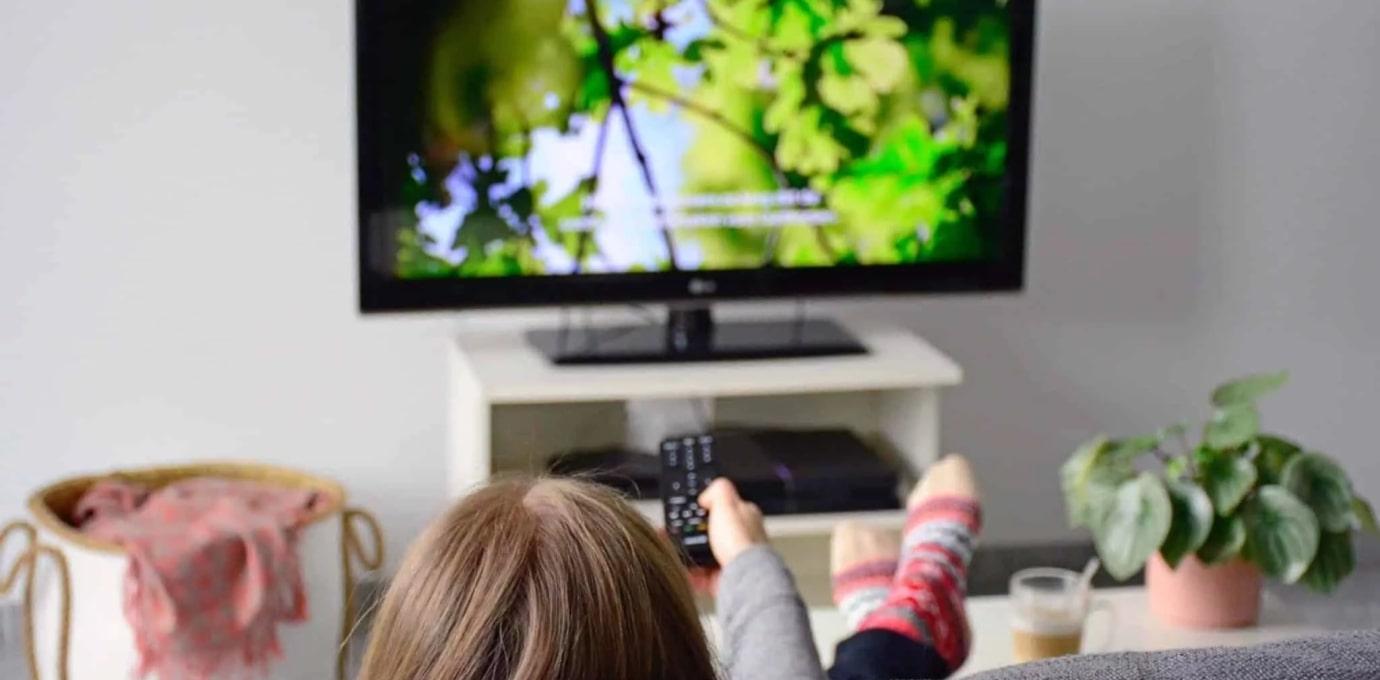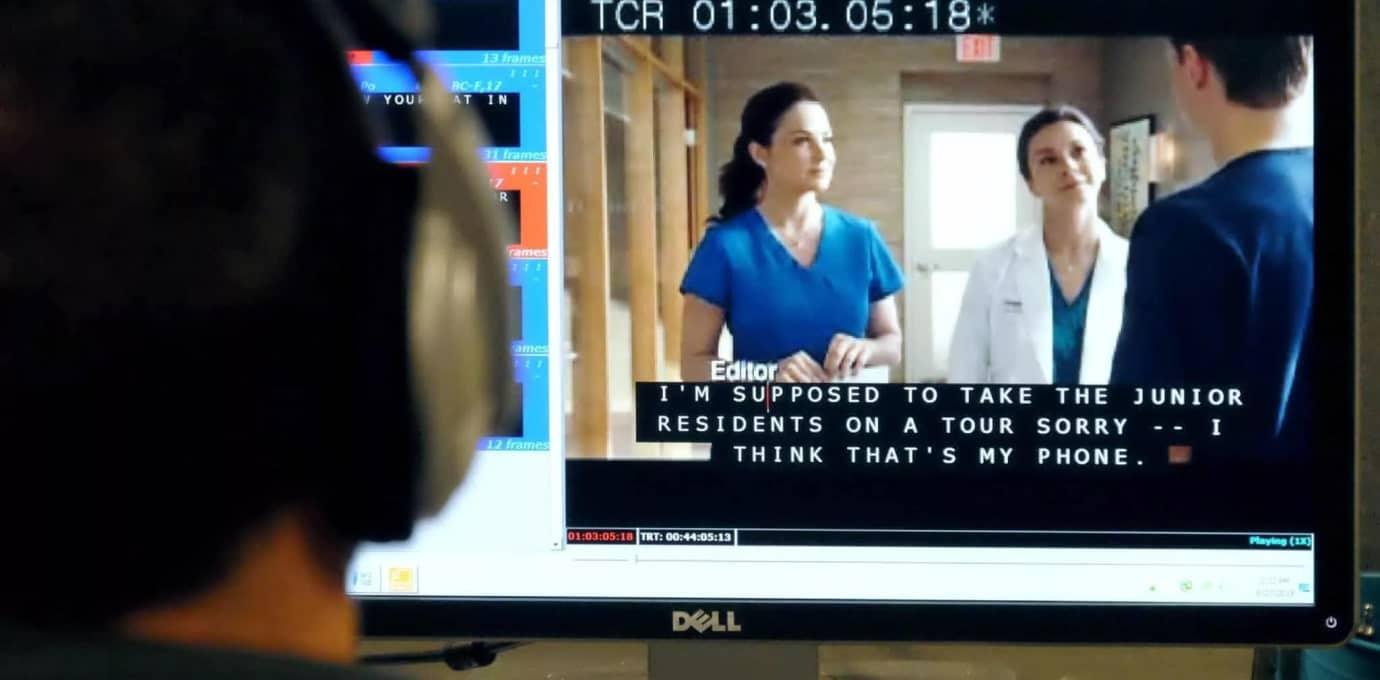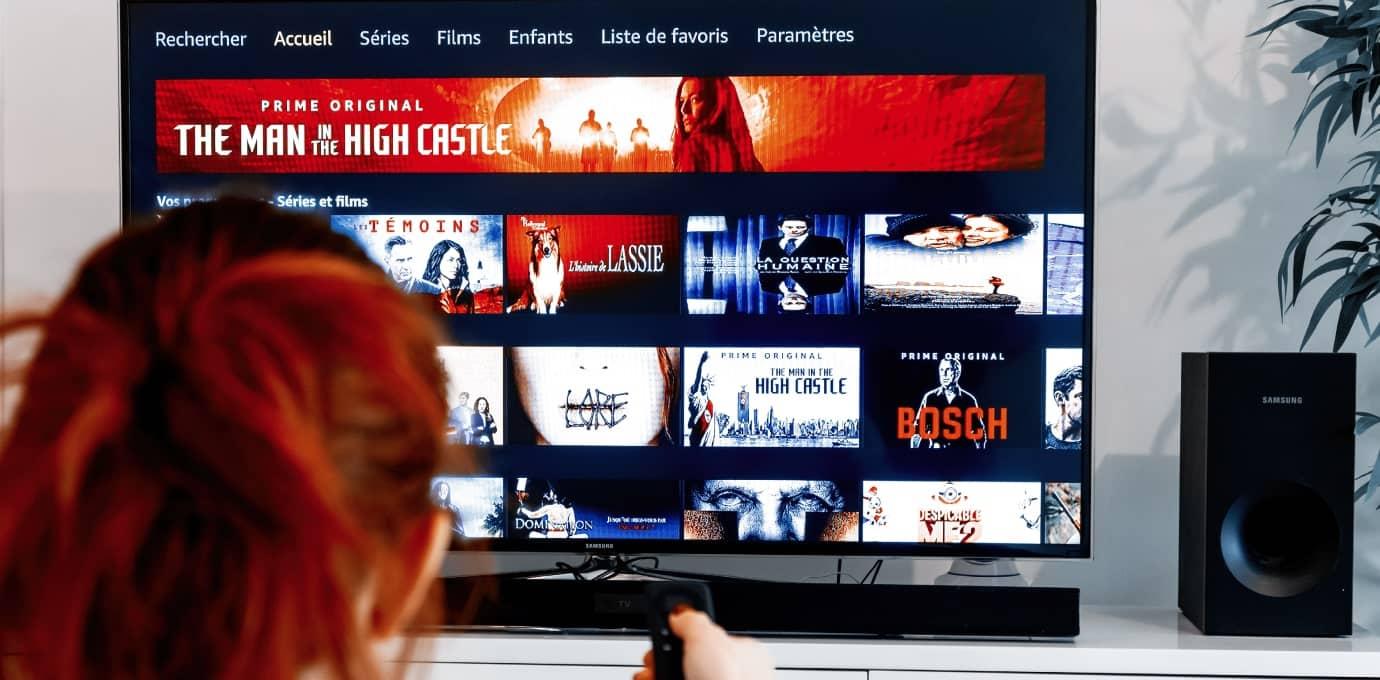Closed Captioning
Captioning is the art of transcribing the audio portion of a video, program, or event into text and displaying that text on a screen. These captions can appear on a television, movie, computer, or mobile device.
Captions largely are used by members of the deaf and hard-of-hearing community, and captioning a program, conference, or event goes a long way towards making it inclusive and accessible to all.
The popularity of captions has grown in recent years as both video and captions have expanded well beyond the reach of traditional television and media. People also have become more aware of this essential service and thanks to laptops, tablets, PCs, and smartphones, captioned video can be viewed literally anywhere – at work, on the commute home, on the beach, or in a crowded bar.

Closed Captioning and Open Captioning
Captions can be produced in two ways, closed captions and open captions. The key difference between the two is that the viewer can turn closed captions on and off, while open captions always display on the screen and cannot be turned off.
Closed Captions
Closed captions are created as a separate text file and then combined and synced with a video, which gives you the ability to switch them on and off. The captions are passed through decoders which, since 1993, have been required in all television sets 13 inches or larger sold for use in the United States. Because it’s a separate file, content creators and caption vendors like us can quickly and easily edit, correct, and re-upload closed caption files if an error pops up or something changes in the video between when it was captioned and when it airs.
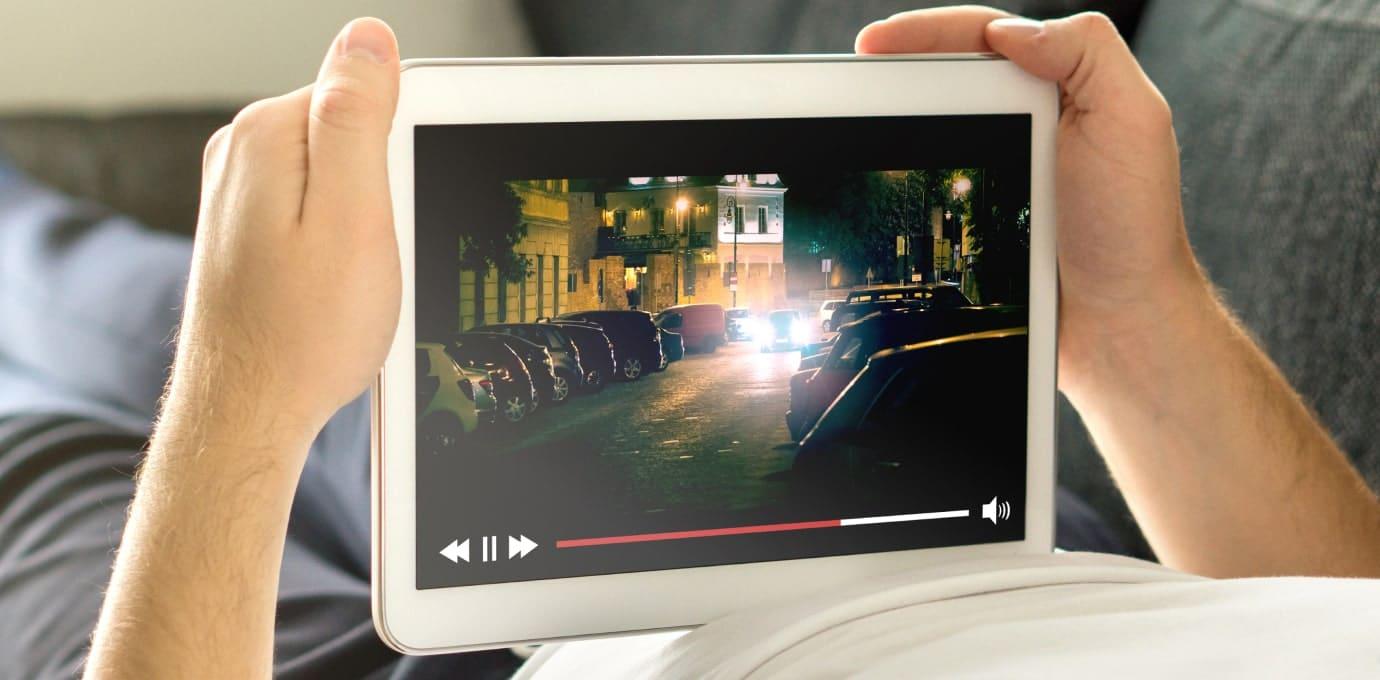
We’ve been the industry leader since 1986
Trust our unmatched experience, and rest assured that you will receive the highest quality product and superior customer service.
The Human Touch
Traditionally, captions have been created by highly trained professionals who understand the nuances of language, and who bring human sensitivities and contextual awareness to the captioning table. VITAC strongly believes in this essential human element in creating captions. Our captioners are recruited, trained, tested, and reviewed to ensure professional, reliable, round-the-clock, and secure customer service.
That being said, technology continues to play a greater role in all facets of life, and the captioning sector is no exception. As automatic speech recognition (ASR) programs such as Siri and Alexa are becoming more prevalent, some are promoting them as an alternative captioning option.
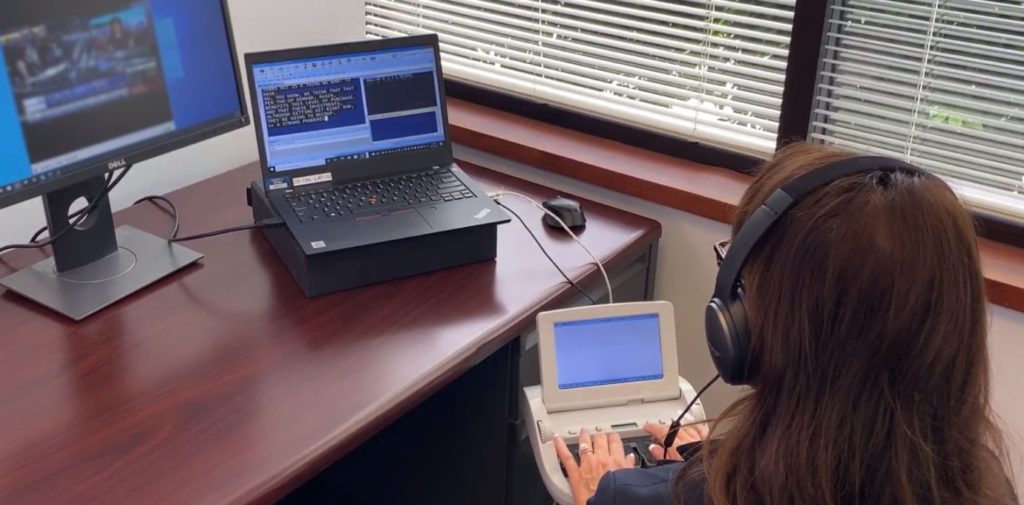
The appeal of ASR is that the software provides instant, realtime captions and, perhaps most importantly, an inexpensive or free solution, as in the case of YouTube. It’s a relatively simple procedure that checks most of the right boxes, except for the most important one – providing accurate, reliable, error-free onscreen information.
Though speech automation certainly has a role in creating captions, the program needs a human hand guiding and assisting them. The problem in quality lies with “unassisted” automatic captions, where a human is not involved.
Even the most advanced speech recognition programs lack human intelligence and are, in essence, a guess by machines at the spoken word. Without having a human eye or ear monitoring the machine for items such as accuracy and completeness, ASR can fail to meet expectations.
Live Captions
Live or realtime captions are created as the program is being broadcast or the event is being held. Examples of live captioning can be found on:
- News programs
- Sporting events
- Weather bulletins
- Award shows
- Government meetings
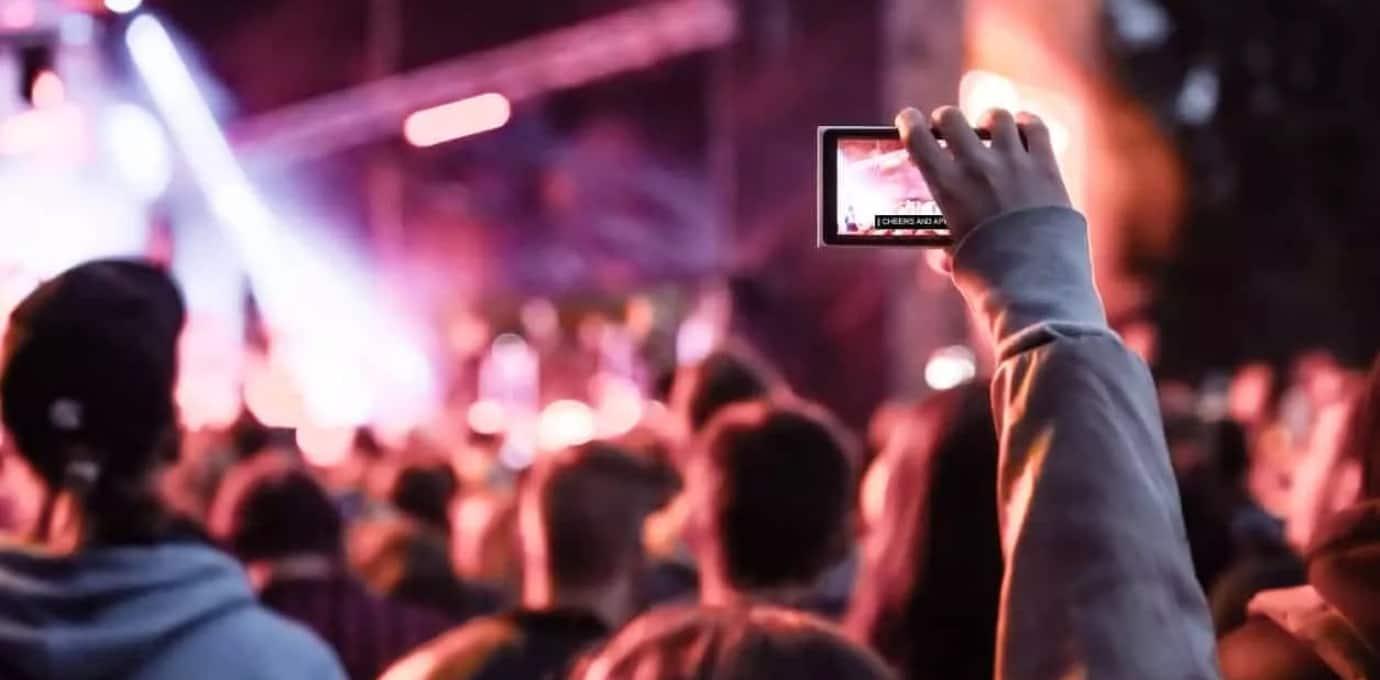
Why Choose VITAC’s Live Captioning Services?
VITAC is the nation’s largest provider of captioning for nationally broadcast programming. We have exclusive agreements with several major television networks and many local news networks across the country. We work with clients to provide top-quality captions for live television, streaming web/IP video, and live conferences and events.
Our live captioning solutions feature the largest and most talented workforce of captioners in the business, supported by a team of engineers, schedulers, and coordinators, all available to help you 24/7.
Multi-Language Services
Our multi-language service offerings feature quick-turnaround translation and subtitling for almost any video format or web platform. We also perform live translation with captions delivered to a wide variety of caption encoders or webcast and conference applications.
Multi-Language CaptioningSpanish Captioning
Our wide variety of Spanish-language services include:
- Live and prerecorded captioning
- Translation
- Transcription
- Secondary Audio Dubbing (SAP)
Like our English-language captions, our Spanish-language team is highly-skilled and trained with many years in the industry.

Remote Meeting Integrations
We provide captions for virtual meeting platforms and integrate with a number of live and prerecorded event platforms. This makes it easy for you to bring accessibility and inclusion to all your business meetings, community gatherings, or small group chats.
Our conferencing and video streaming integration platforms feature captions for:





Our live captioning integrations work with:






Our prerecorded captioning integrations include custom workflows for:

Social Media Integrations
A number of social media platforms allow you to add captions to your social videos, either by creating your own text for prerecorded content or uploading transcripts in the popular SRT format. Working with the newest technologies, we offer captions for all of your live and prerecorded social video content. So whether its how-to videos or clips of your viral clips, we have you covered.
Social Media Integrations
The Benefits of Closed Captioning
There is no doubt that captions are a key to ensuring that your video content is accessible to all people whenever and wherever they want to watch. But it also goes a long way towards making your videos more searchable, digestible, and engaging.
Accessibility Anytime, Anywhere
Captions make television shows, movies, and online videos accessible to audiences who would not otherwise be able to enjoy the content. There are nearly 50 million Americans in the deaf and hard-of-hearing community alone who might be interested in the videos you share. When you also include the ever-growing number of Americans who watch videos in places where it’s impossible to hear the audio — on public transit, in a busy restaurant, on a noisy gym treadmill, or at the library — the number of people who rely on the accessibility captions provide grows substantially larger.
Improved Retention and Engagement Rates
Studies have shown that viewers retain 95% of a message when they watch it as a video compared to 10% when reading it as text, and audiences are about 10 times more likely to engage, embed, share, and comment on video content than non-video blogs or social posts. Adding captions to videos — as many schools, universities and businesses have discovered — has been shown to make the content more engaging, improving the retention and overall learning experience for all viewers.
SEO Ranking
Video content helps boost a site’s Search Engine Optimization (SEO) ranking, with research finding that having video on your page drives a 157 percent increase in organic traffic from search engines. Often, though, SEO programs aren’t properly able to “read” videos unless they contain some sort of text that can be indexed. Captioning videos allows search engines to translate audio to text. By adding captions, you are essentially embedding transcripts of your content in the video file’s metadata, pulling all the video’s searchable keywords to the forefront and in the process, boosting your search rankings.
English as a Second Language
Captions are beneficial to those learning English as a Second Language (ESL). They give students the opportunity to review confusing materials or reference difficult, complex terms that they may have had trouble translating without a written reference.
